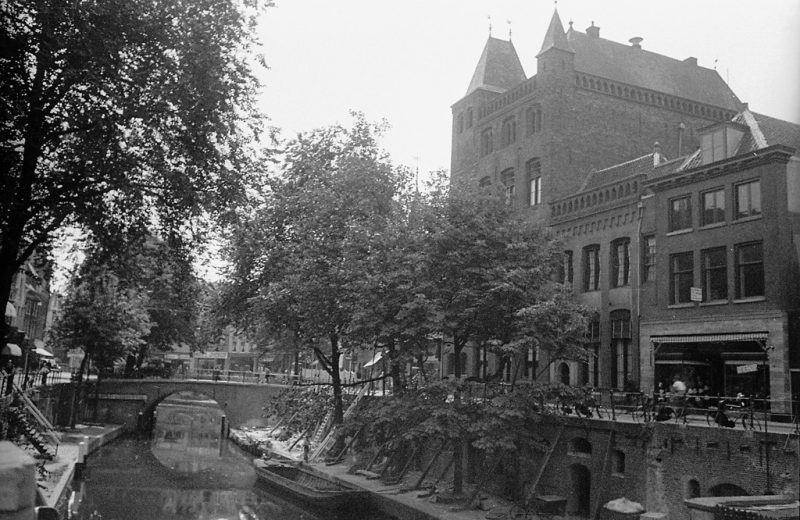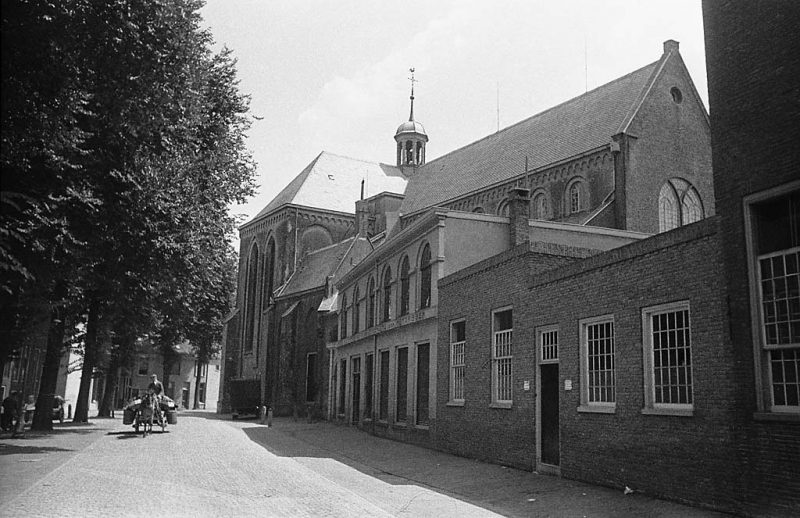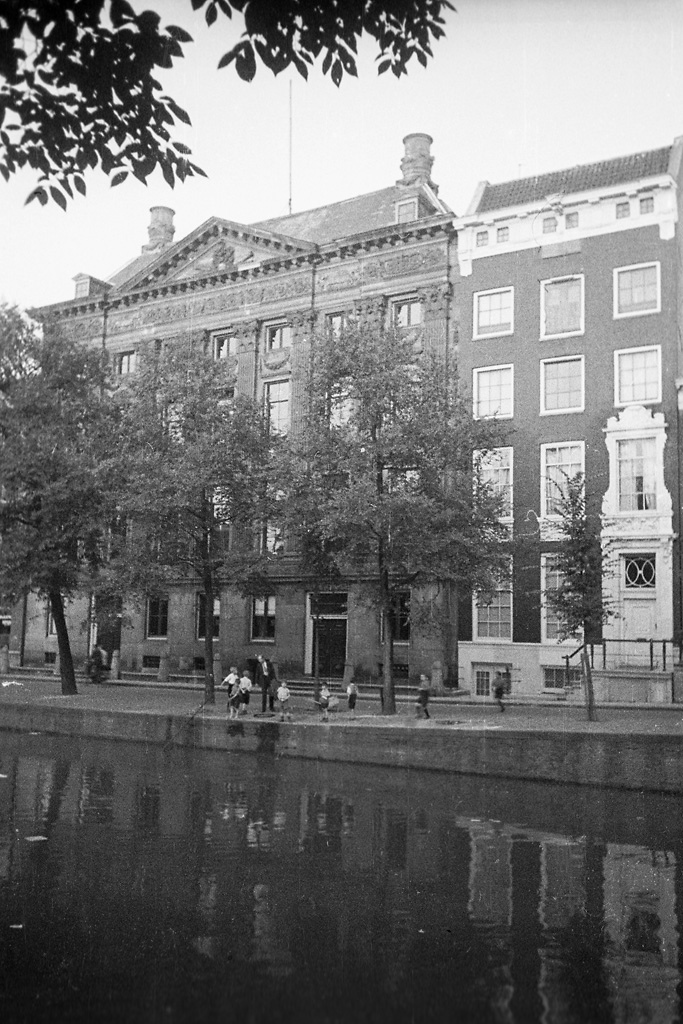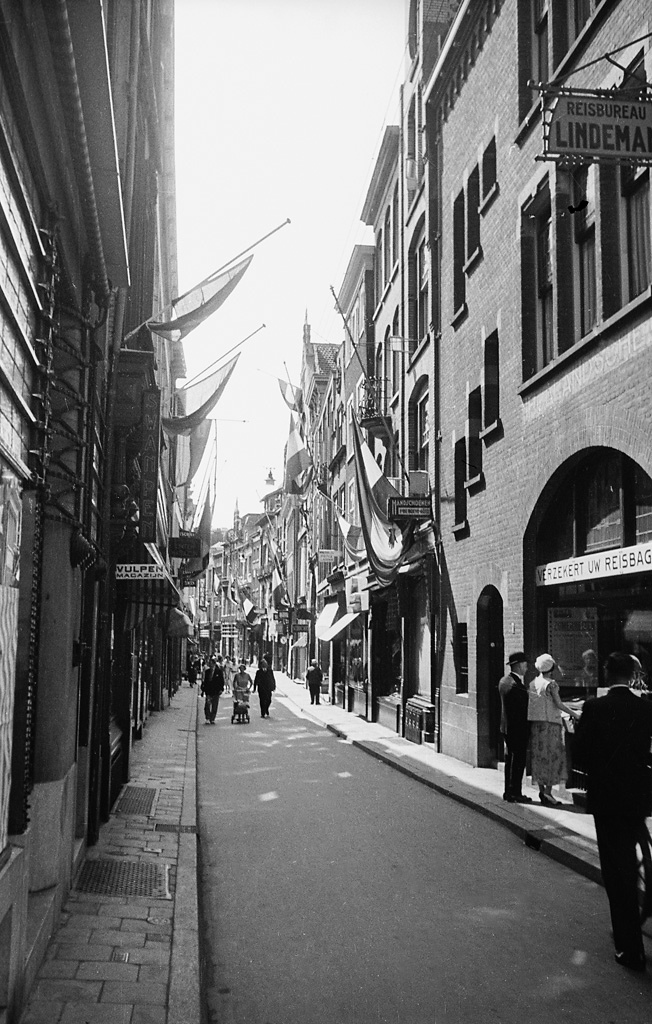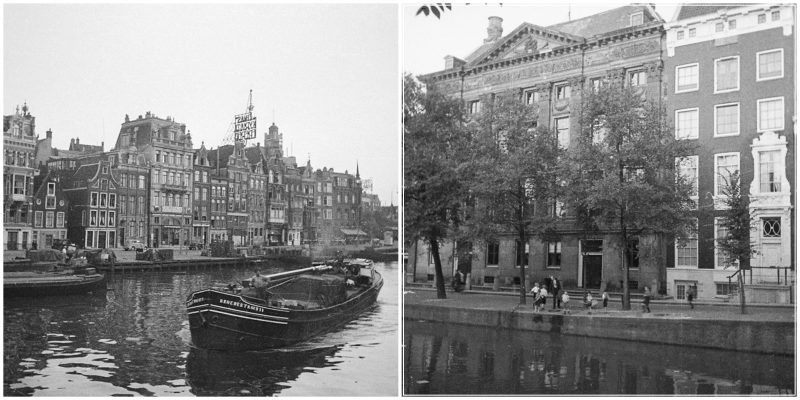The history of the Netherlands is the history of seafaring people thriving on a lowland river delta on the North Sea in northwestern Europe. Records begin with the four centuries during which the region formed a militarized border zone of the Roman empire. This came under increasing pressure from Germanic peoples moving westwards. As Roman power collapsed and the Middle Ages began, three dominant Germanic peoples coalesced in the area, Frisians in the north and coastal areas, Low Saxons in the northeast, and the Franks in the south.
During the Middle Ages, the descendants of the Carolingian dynasty, came to dominate the area and then extended their rule to a large part of Western Europe. The region of the Netherlands therefore became part of Lower Lotharingia within the Frankish Holy Roman Empire. For several centuries, lordships such as Brabant, Holland, Zeeland, Friesland, Gueldersand others held a changing patchwork of territories. There was no unified equivalent of the modern Netherlands.
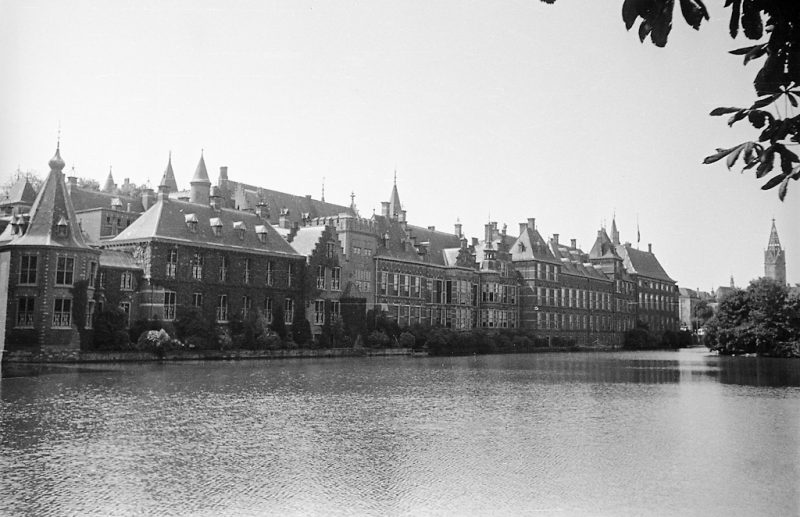
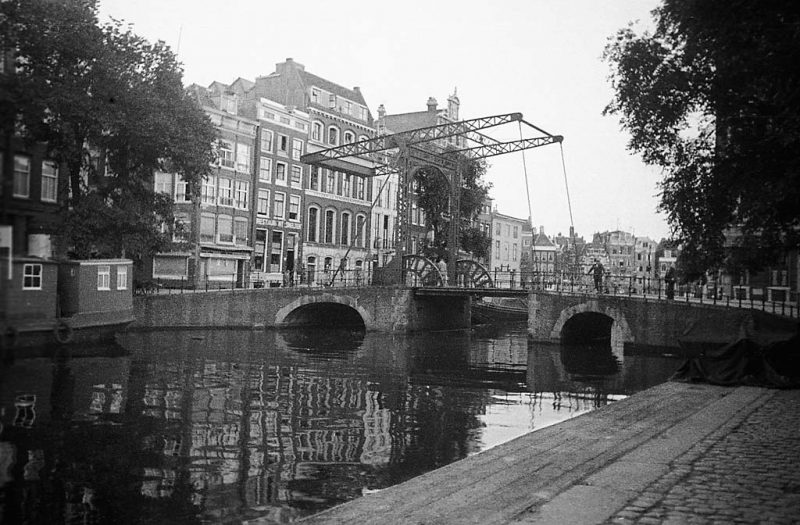
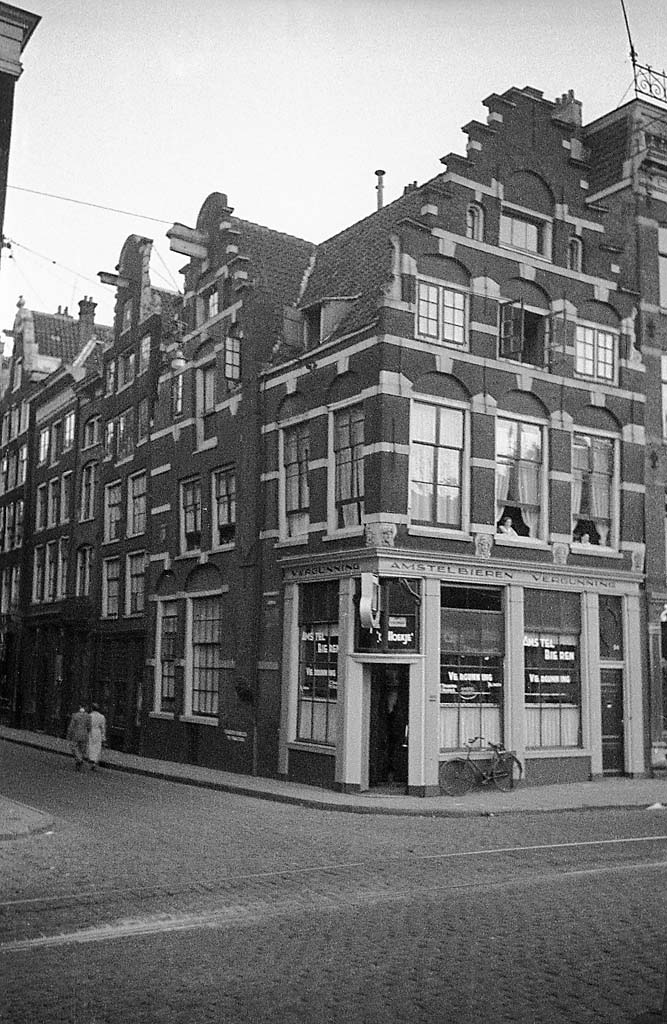
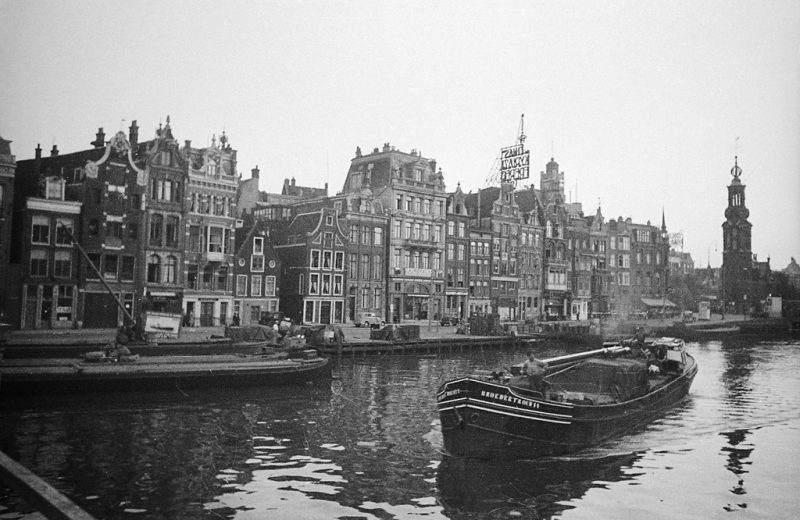
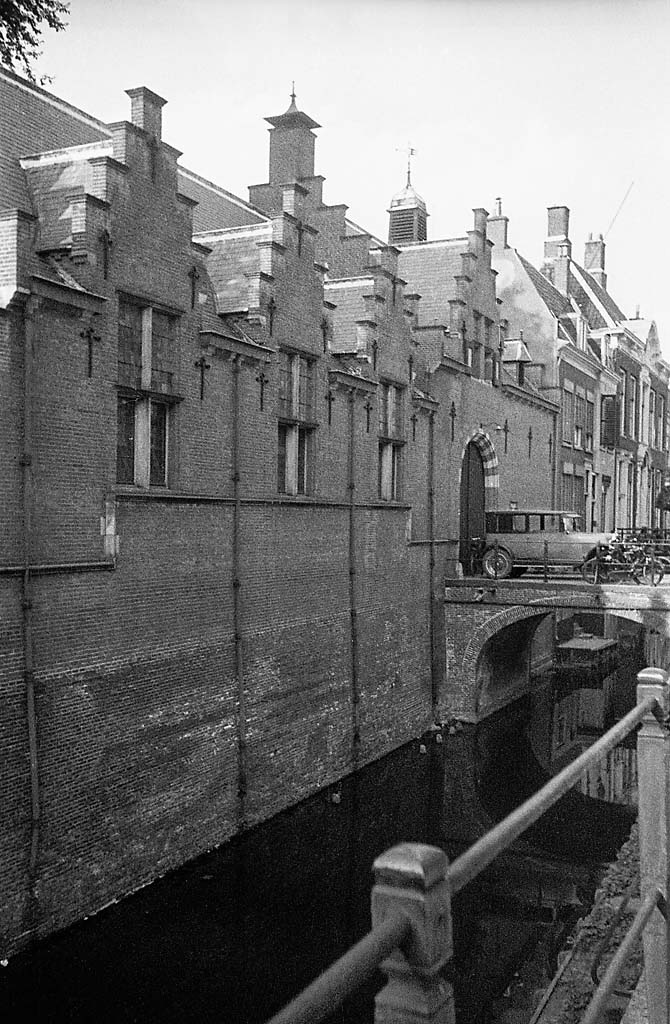
The Netherlands was neutral during the First World War, but during the Second World War, it was invaded and occupied by Nazi Germany. The Nazis, including many collaborators, rounded up and killed almost all the Jews (most famously Anne Frank). When the Dutch resistance increased, the Nazis cut off food supplies to much of the country, causing severe starvation in 1944-45. In 1942, the Dutch East Indies was conquered by Japan, but first the Dutch destroyed the oil wells that Japan needed so badly. Indonesia proclaimed its independence in 1945. Suriname gained independence in 1975.
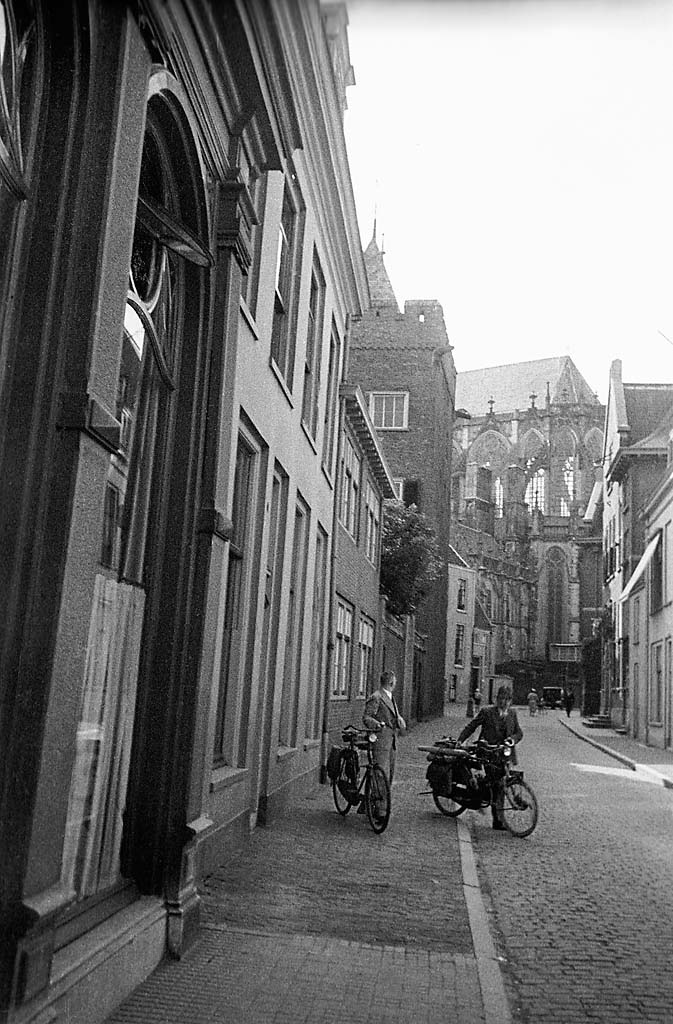
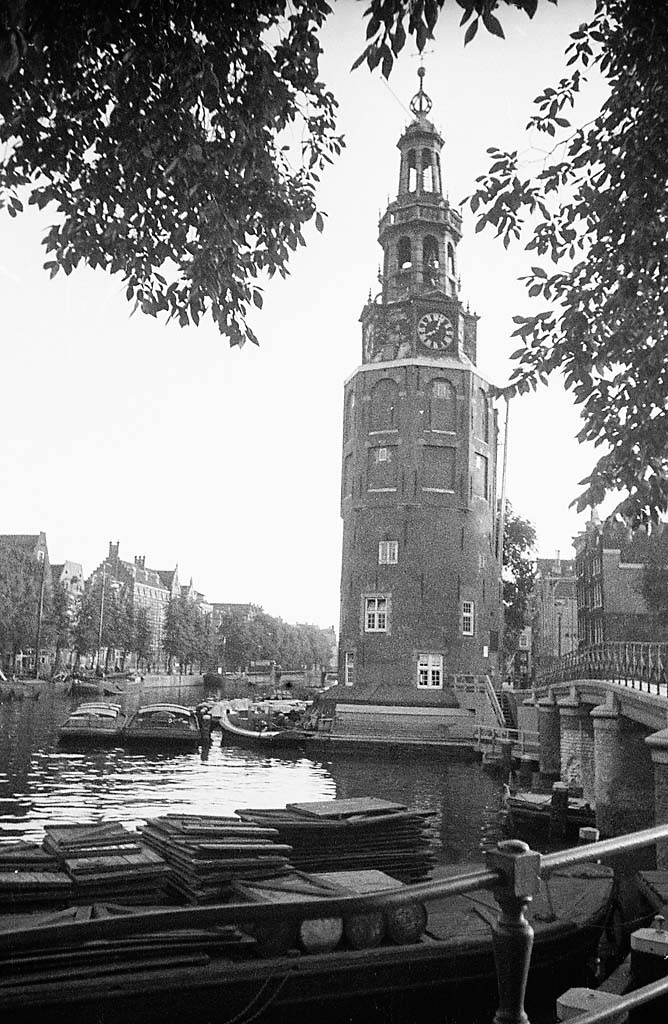
The postwar years saw rapid economic recovery (helped by the American Marshall Plan), followed by the introduction of a welfare state during an era of peace and prosperity. The Netherlands formed a new economic alliance with Belgium and Luxembourg, the Benelux, and all three became founding members of the European Union and NATO. In recent decades, the Dutch economy has been closely linked to that of Germany, and is highly prosperous. After World War II the pillarized system that had separated society into closed Catholic, Protestant and secular pillars became integrated; Catholic and Protestant religiosity declined sharply. However, the arrival of immigrant Muslims (particularly Turks and Moroccans) may form a new polarization in the 21st century.
